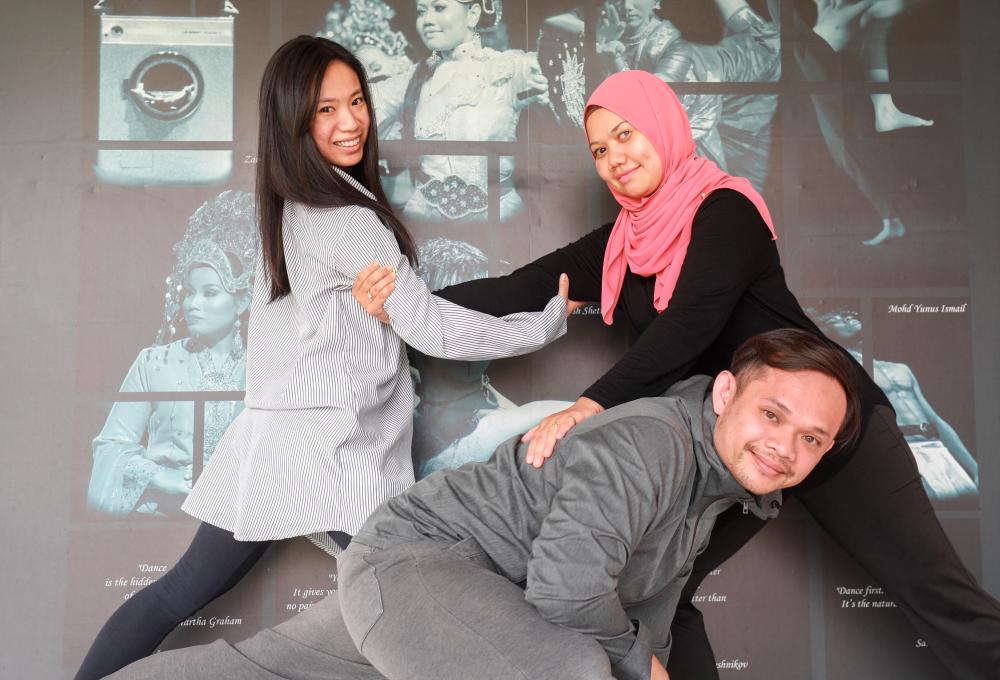In 2002, the dance faculty of Aswara (Akademi Seni Budaya Dan Warisan) first staged a production titled Jamu, which exclusively featured contemporary dance performances.
“Contemporary performances [have a harder time] pulling in the crowd compared to traditional performances,” says Norsafini Jafar, the dean of the dance faculty of Aswara.
She explains that Jamu was created with the sole aim of exposing Malaysian audiences to contemporary dance.
She says: “Jamu has now become an annual event. Every year, our lecturers and students will put on a production.”
She noted the crowd coming to see Jamu is slowly increasing. She remembers one early production was only able to draw less 10 people.
She says: “The audience has grown. But we still need to do more to pull in the crowd.”
This year, the production is titled Jamu 2018 –Tradition in Contemporary Dance, and will be held at the Experimental Theatre in Aswara from Dec 14 to 16.
Eight lecturers from the dance faculty of Aswara, including Norsafini, will be presenting eight contemporary pieces.
“We will be exploring our [cultural] traditions in the performance,” says Norsafini, who has performed in arts Festivals in Beijing, Sweden and Vietnam.
Norsafini will be showcasing the element of black magic in her piece called Darah.
“My piece will be dark and scary,” says Norsafini.
She explains that in the Malay tradition, there is something called Pendamping, an evil spirit that is passed from members of one generation to another. Her lead character will be using this evil spirit to harm another woman of whom she is jealous.
“My piece will only have two dancers, and I will be using music from the Malay traditional instrument, gamelan,” adds Norsafini.
Ng Xinying, another lecturer and choreographer at Aswara, will be presenting a work that explores how one tries to purify himself through self-harm.
“I have always been curious about the subject for some time now, and I have been doing a lot of research on the subject,” says Ng, who has won several awards for her dancing.
“I have not selected a title for my work,” adds Ng, who was named one of the Top 10 New Generation Malaysian Cultural Dancers in E Magazine last year.
Her piece will feature five dancers, and the audio for the dance will feature chants and whipping noises.
Lecturer and choreographer Faillul Adam will be presenting a piece called Rewang.
“We all are humans,” says Faillul, who won the 2016 Boh Cameronian Arts Awards for Best Choreographer In A Mixed Bill together with Suhaili Micheline for their piece Nasi Ekonomi.
“But we are different from one from another, from our skin to our hair colour, our eye colours, and our thinking process and I am exploring these differences,” adds Faillul.
“In society, we are always dealing with differences.”
He will also be inserting some traditional Borneo dance movements into his pieces, which will involve at least 12 dancers.
All the choreographers admit there is more hard work to be done to promote contemporary performances.
“Unlike traditional dance, there are no reference materials for contemporary [dance],” Faillul says.
“You have to start from scratch. As result, you have to do a lot of research, and this research will be helpful when you want to create your performance.”










